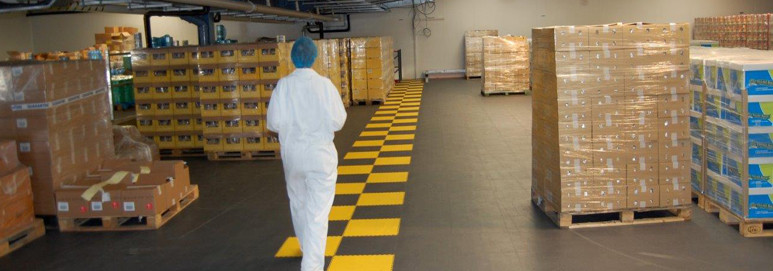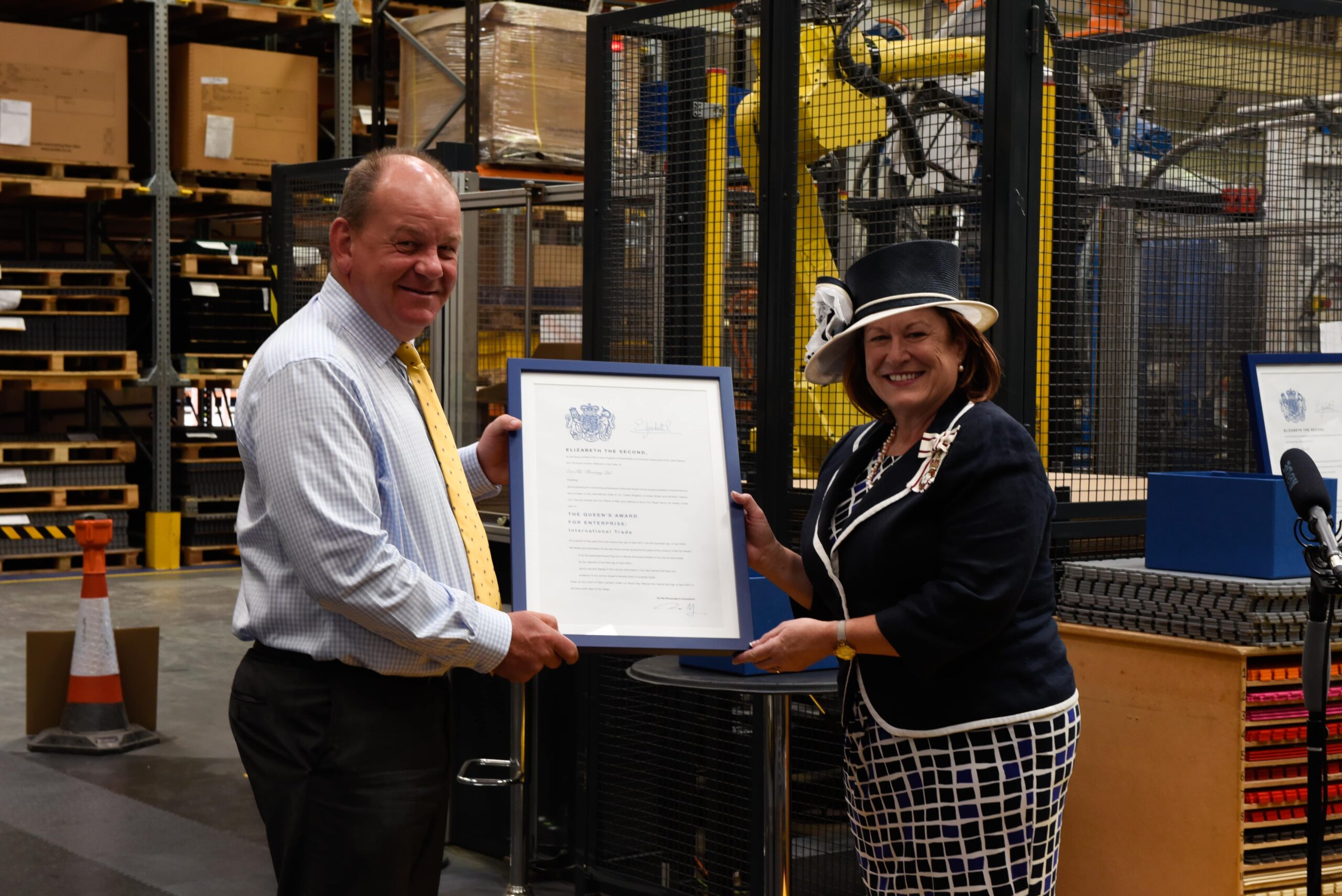
If you’re responsible running a busy warehouse, factory or retail unit then it’s up to you to make sure that all steps are taken to keep accidents and injuries to a bare minimum.
With that in mind we’ve produced this handy fact sheet to help you stay informed and aware of what you can do to avoid the common pitfalls and mistakes that lead to unwanted slips and trips in the workplace.
The facts for employers:
1: S&Ts (slips and trips) are the most common cause of work injuries
2: Over 40% of all serious injuries at work are caused by an S&T in one form or another
3: S&Ts are reported to cause around 400,000 deaths a year worldwide
3: It’s your responsibility under the 1974 Health & Safety at Work Act to control S&T risks
4: Under 1999 Health & Safety at Work Regulations you must assess all S&T risks
5: The 1992 Workplace Regulations Health, Safety & Welfare state that you are required to keep all floors in a suitable and good condition
Sensible steps for employers to control S&T risks:
1: Stop your floors from becoming contaminated – keep them clean and well-maintained. Choose flooring that is suitable for the tasks being carried out in the workplace. For example, if chemicals are in use then floor paint may not be suitable.
2: Fix leaks promptly – A safe floor starts with a weatherproof ceiling. Don’t allow moisture to creep in and create dangerous corners
3: Maintain plant and equipment – Poorly kept machines can leak and damage floors causing them to become slippery and unstable
4: Plan pedestrian and vehicle routes around your facility using colour coded zones – this creates a safe working environment for all. For more on this you can read our Royal Mail case study.
5: Always use the correct cleaning methods and products as recommended by your industrial flooring supplier.
6: Think carefully about your flooring
- Check for loose, damaged and worn surfaces regularly throughout the year
- Always choose the right flooring for the job. For example, if electronic and computer or combustible equipment are on site then only ESD flooring should be considered
- Use zoning and clearly marked out pedestrian walkways as discussed above
- Ensure that your lighting is in good working order
7: Make sure that everyone wears the correct footwear
8: Plan your workflow and task management carefully to minimise risk

CEO and founder James Gedye has established Ecotile as the leading provider of interlocking floor tiles to the UK and around the world. Founded in 1996 from his bedroom turned office, James has built Ecotile into a multi-million-pound business, with sustainability still at the heart of his vision.
Based in Luton, Bedfordshire, Ecotile remains a privately owned UK manufacturing company, precision engineering all products in a purpose-built ISO accredited factory.
Leading the company to 2 prestigious Queens Awards in 2017 for Enterprise for Innovation and International Trade, these accolades underline James’ desire to create the highest quality products and fly the flag for British manufacturing. Working directly with leading businesses for over 25 years, James’ Ecotile brand has become synonymous with trust.
Used by 1000s of leading businesses, trusted by the MoD and specified by contractors, Ecotile floor tiles can be found across the world.
Connect or follow James on LinkedIn…

